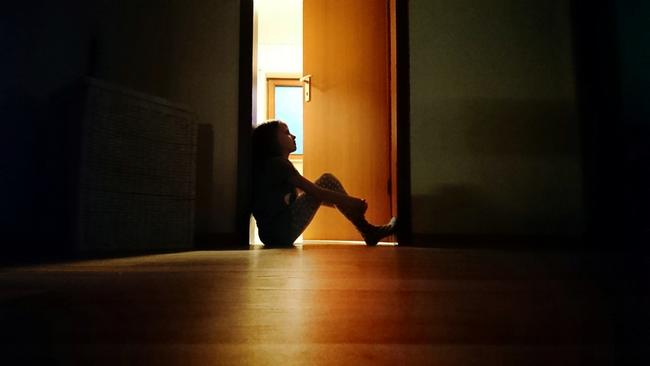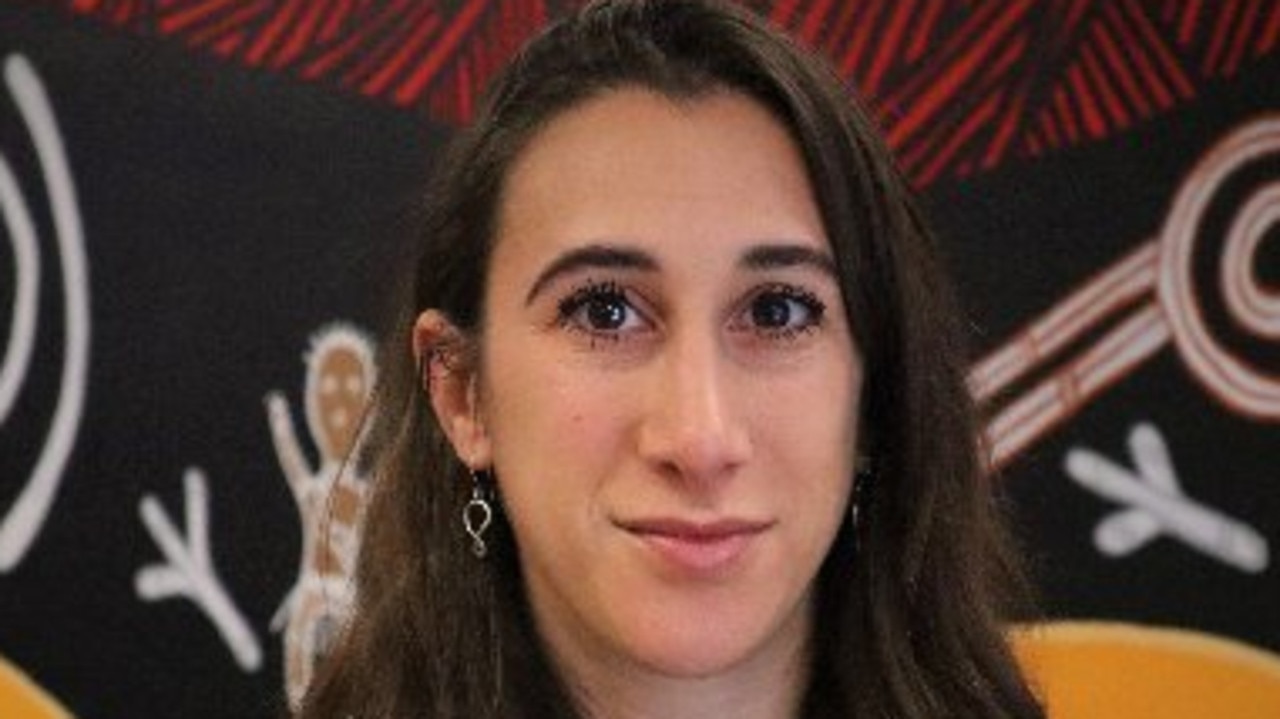Lucinda’s story: Indigenous special needs girl mistreated by the system
She was a seven-year-old Indigenous girl with special needs, settled and happy in her foster home. So why did child protection workers try to rip her away?

She was a seven-year-old Indigenous girl with special needs who had been permanently removed from her mother’s care. She was vulnerable. Fragile. And so any decisions about *Lucinda Porter’s future – where she lived, who she lived with – required serious consideration because there are only so many knockbacks a foster child should have to deal with.
Instead, new NSW Families and Communities Minister Kate Washington has admitted there were significant failures in Lucinda’s case and she has foreshadowed considerable reform to the state’s “broken child protection system”.
An internal departmental review is also under way after a court judgment exposed a careless, at times callous, disregard for Lucinda, a child who had already suffered so much.
In her written findings earlier this year, Children’s Court magistrate Tracy Sheedy said it was “unfathomable” that a complex decision with lifelong consequences for the girl would be made with “such little consideration”.
The recommendation to take Lucinda from the non-Aboriginal foster parents she had grown to love, and place her in another town with distant relatives she’d met on only two occasions, was based on extremely limited or incorrect information, Sheedy said.
Lucinda’s wellbeing, along with the very clear wishes of her Indigenous mother and foster parents, appeared to have been ignored or given little weight in the rush to send her to live with her great-uncle, *Edward, who does not identify as Indigenous, and his partner, *Elaine, who recently discovered Aboriginal heritage. Both are aged well into their 60s.
The fact Elaine had recently learnt that her grandfather was Aboriginal, and that she was exploring that part of her family, served to advance the case for Lucinda to move to their care.
Under the Aboriginal Placement Principle, endorsed by all states, Indigenous children in care should be placed with Indigenous kin and community. Fostering by non-Aboriginal people is a last resort.
However, Lucinda’s birth mother, *Samantha, was adamant that if her daughter could not be with her she should stay with the foster family who lived close enough for her to maintain regular contact.
Magistrate Sheedy said a loving bond existed between mother and daughter, and Samantha had a good relationship with the foster carers, known as Mr and Mrs Grant, and trusted them to care for Lucinda.
“It appears that the main advantages to Lucinda in moving (to Edward and Elaine) … were that she would be with kin and that her great-uncle’s partner had recently identified as Aboriginal,” Sheedy said.
She described these benefits as “substantial”, noting that Lucinda’s foster placement was not culturally appropriate. However the magistrate said there appeared to have been no proper examination by NSW Department of Communities and Justice workers of the pros and cons of moving Lucinda to her great-uncle or leaving her where she was settled, happy and thriving.
“Lucinda is reported to have a strong attachment to her carers and calls them mum and dad. She has settled into her school and is happy in her school community,” the magistrate said.
“Nowhere in the (department) Secretary’s material could I find that the advantages to Lucinda remaining in her current placement were properly considered.”
The court heard that Lucinda had ongoing behavioural and medical issues: mild intellectual difficulty, attention deficit hyperactivity disorder, severe expressive language delays, and faecal and urine incontinence.

She was removed from her mother in mid-2021 and, despite her firm wishes to return to her mother, Sheedy subsequently found there was no realistic possibility that could happen. After a kinship placement didn’t work out, Lucinda was sent into the foster care stream and was placed with the Grants later in 2021. Lucinda’s older siblings are also in long-term care in another town.
The court heard the department’s decision to remove Lucinda from the Grants was based on a kinship carer assessment by an independent consultant who had one interview with great-uncle Edward and his partner Elaine and spoke to the foster mother on one occasion by telephone.
Sheedy pointed to several deficiencies in the assessment, including whether Edward and Elaine were properly informed of the extent of Lucinda’s difficulties and the ongoing specialist help and medical appointments she required. “… there was no probing (of their) expectations of or skills to parent Lucinda as a child with ongoing special needs, which in part, manifest as behavioural issues,” the magistrate observed.
Even worse, the assessor’s report suggested the carers be given more information about Lucinda’s health needs only after she had moved to their care. “I am unable to understand how a long-term placement can be recommended with any confidence unless the proposed carers are aware of the needs of the particular child,” Sheedy said.
“Placing a child without full disclosure of their needs would increase the chances of that placement failing with all the consequent harm to the child.”
Sheedy also pointed to the lack of succession planning, noting that Edward had been a lifelong smoker who smoked 1½ packets of cigarettes a day and his partner had controlled diabetes. “There is no medical evidence to give comfort to them being sufficiently healthy to provide the now seven-year-old Lucinda with safe and effective care for the next decade.”
Claims (denied by Edward) that another child had suffered ill treatment in their care also were not explored, the court heard.
-
“The DCJ caseworker must have known that Lucinda being told she was to be … moved to live with people she barely knows would be highly distressing.”
-
The matter was due back in the Children’s Court on December 2 last year, when Lucinda’s permanent care plan was to be decided by Sheedy.
However, behind the scenes, Lucinda’s DCJ caseworker had already set the wheels in motion. The court heard she had secured agreement from the Aboriginal Consultation Advisory Panel to recommend Lucinda move to her great-uncle, although Sheedy said the panel had been provided with limited and incorrect information that had been curated by the DCJ.
“If it is indeed correct that DCJ has made the decision to move Lucinda ‘as it follows the ACAP recommendation’ then such a decision is shocking,” Sheedy said.
And then, days before the court case to decide Lucinda’s fate, the caseworker broke the news to the little girl.
“The DCJ caseworker met with Lucinda at school and explained to her that she would not be returning to live with her parents and instead she would be going to live with a new family,” Sheedy said.
“The DCJ caseworker must have known that Lucinda being told she was to be removed from Mr and Mrs Grant whom she loves and refers to as ‘mum and dad’ and moved to live with people she barely knows would be highly distressing. The caseworker however, knowing this and knowing that this child has special needs, chose to impart this information to Lucinda without Mr or Mrs Grant being present.”
No other adult or support person was at the meeting either. The news had a devastating effect.
In a statement to the court, Mrs Grant said Lucinda was “very emotional” after the meeting and her incontinence had returned.
“Lucinda then started to soil herself and have emotional outbursts at home and at school,” Mrs Grant said. “She appeared not to cope (sic) this information and the news was quite traumatic for Lucinda. When we raised her behaviour with her teachers and the school, they reported Lucinda’s behaviour had really regressed and she had become defiant when at school.”
More shocks were to come. When the court convened on December 19, the DCJ’s lawyer had bombshell news. Mr and Mrs Grant no longer wished to care for Lucinda and they now supported her move to Edward and Elaine.
“There was no evidence as to why Mr and Mrs Grant … were said to now be supporting the move,” Sheedy observed.

During an adjournment in the case, Lucinda’s independent legal representative phoned Mrs Grant, who informed him that she and her husband did still indeed want to care for Lucinda long term. However, the DCJ had organised for Lucinda to be moved that very day, six days before Christmas. Great-uncle Edward was on his way to collect her even as the court was sitting to determine her future. “Well, your honour, I’m most concerned,” Lucinda’s legal representative said.
Sheedy was shocked. Quite apart from the fact the court was still deciding the case, “it was extraordinary that DCJ would do this even though Lucinda had only met the carers twice and their own filed evidence was that a transition should be planned,” Sheedy wrote.
Lucinda’s legal representative now submitted it was in Lucinda’s best interests to remain where she was. “Mr and Mrs Grant by all accounts have been doing a good job and there are various risks with the transition (to the great-uncle) … it is not in Lucinda’s best interest to go to an elderly couple that she has meant [sic] exactly twice at this point in time.”
The matter dragged on until January 20 when the DCJ informed the court that the great-uncle and his partner had been in contact expressing reservations about taking Lucinda. Three days later they withdrew from the case.
Efforts by the department to find other suitable family were unsuccessful.
“It was the DCJ’s case that there were no Aboriginal carers available to care for Lucinda and the only available long-term placement was with Mr and Mrs Grant,” Sheedy said.
After all this, the stress and distress, the uncertainty and bewilderment, the DCJ decided that Lucinda should remain with the Grants as her long-term foster carers.
A DCJ spokesperson said Sheedy had identified “several areas of practice for improvement” and an internal review of the case would be completed by the end of June.
The minister, Washington, said the new Labor government had inherited a broken child protection system in need of significant reform. She added that all decisions must be made in the best interests of the child and she was working with the department to ensure rigour around future decision-making.
“It is concerning to see significant failures in this particular case.”
*Names have been changed.







